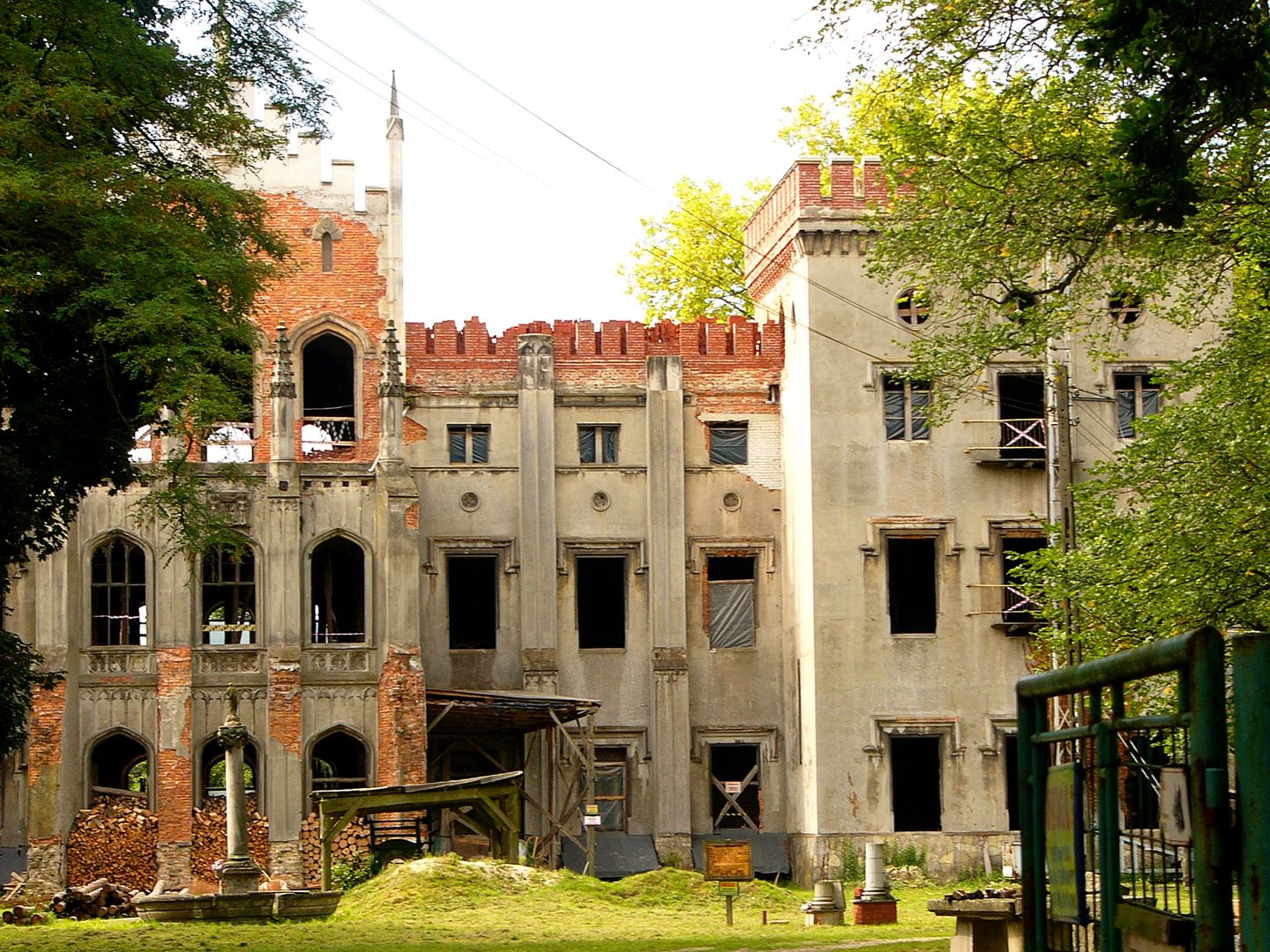Good
6.67

Overview
Dobra is a picturesque village in the Opole Voivodeship, located in Upper Silesia, within the Racibórz Valley. Its history dates back to at least the 13th century, when it was first mentioned in a document from 1228. The village is characterized by a rich architectural heritage, including the neo-Gothic Church of St. John the Baptist from 1867 and the Palace in Dobra, built in 1720, which underwent a renovation in the 19th century. The palace, once owned by the von Seherr-Thoss family, was damaged during World War II but is currently undergoing restoration. Within the palace park stands the neo-Gothic mausoleum of the Seherr-Thoss family. The residents of Dobra speak the Prudnik dialect, and the village is home to a German minority as well as Silesians. A cultural curiosity worth noting is the origin of the village's name—"Dobra" comes from the Polish word meaning "good," reflecting a positive value. Since 1945, the village has undergone various administrative changes, and in 1991, a monument commemorating the victims of World War I and World War II was erected. Dobra is also home to a Volunteer Fire Department (OSP), which has been active since 1929, and public transport is provided by local PKS buses. Tourism is promoted in the region, and cycling routes pass through Dobra. Thanks to its fascinating history and architecture, Dobra is a place worth visiting for enthusiasts of Upper Silesian culture and history.
Location
Tertiary Administrative Division
Strzelce Opolskie
County
Prudnik County
State
Opolskie Voivodeship
Country
2025 Wizytor | All Rights Reserved